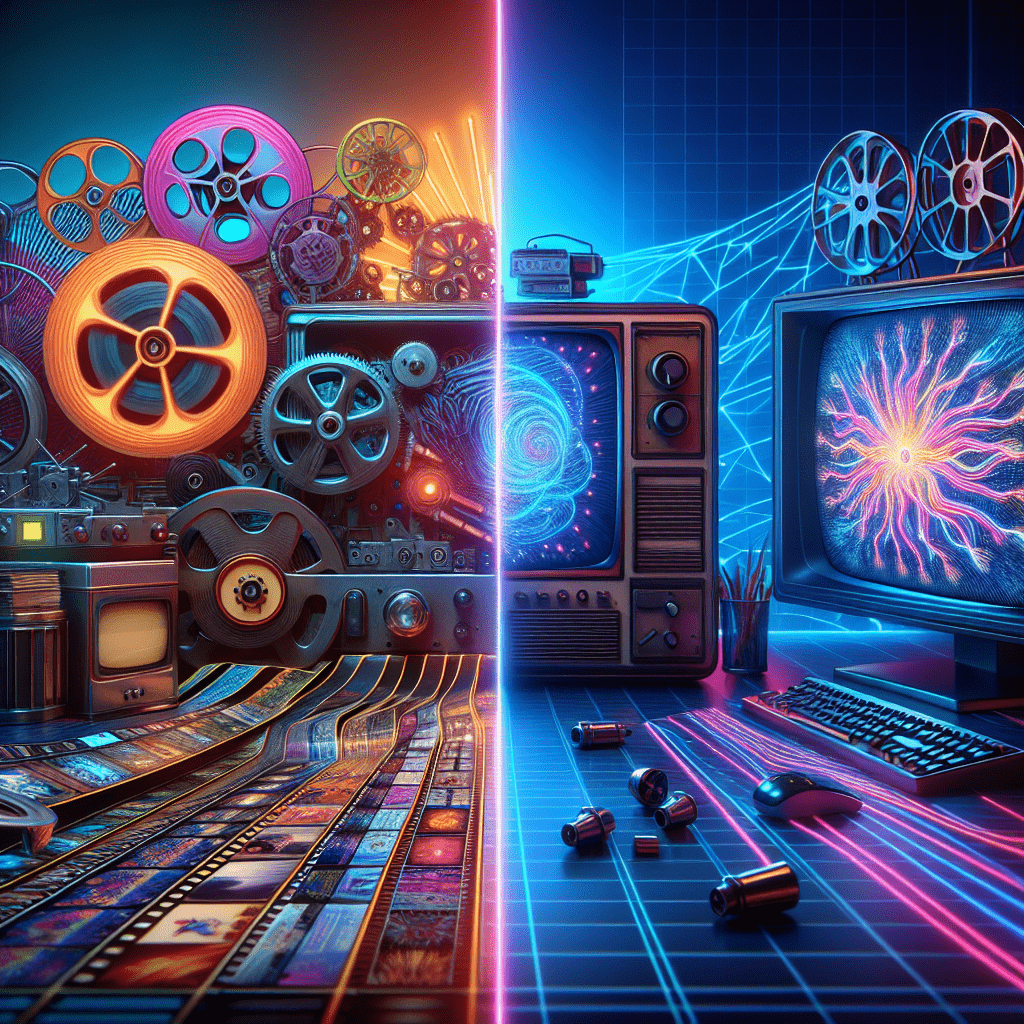In the realm of science fiction, neural networks have long been a topic of fascination and speculation. From movies like The Terminator to books like Neuromancer, the idea of machines with human-like intelligence has captured our imaginations for decades. However, what was once purely the stuff of fiction is now becoming a reality.
Neural networks, a type of artificial intelligence that mimics the way the human brain works, have made huge strides in recent years. They are now being used in a wide range of applications, from self-driving cars to facial recognition software. In this article, we will explore the rise of neural network tools and their impact on the world around us.
The Development of Neural Network Tools
Neural networks are not a new concept. They were first introduced in the 1950s, but it wasn’t until the last decade that they really began to take off. The development of more powerful computers and the availability of vast amounts of data have been key factors in this growth.
One of the most significant breakthroughs in neural network technology came in 2012, when a team of researchers at Google developed a neural network that was able to recognize cats in YouTube videos. This may seem like a trivial task, but it was a major milestone in the field of machine learning. Since then, neural networks have been used to tackle more complex problems, such as natural language processing and image recognition.
Applications of Neural Network Tools
Neural network tools have a wide range of applications in the real world. One of the most well-known uses of this technology is in self-driving cars. Companies like Tesla and Google have been developing autonomous vehicles that rely on neural networks to navigate the road and avoid obstacles. These systems use complex algorithms to analyze data from sensors and cameras in real-time, allowing the vehicles to make split-second decisions.
Another area where neural networks are making a big impact is in healthcare. Researchers are using this technology to analyze medical images and diagnose diseases like cancer. By feeding thousands of images into a neural network, doctors can train the system to recognize patterns that are indicative of a particular condition. This has the potential to revolutionize the field of diagnostics and make treatment more effective.
Challenges and Ethical Considerations
While neural network tools have great potential, they also come with some challenges and ethical considerations. One of the biggest concerns is bias. Neural networks are only as good as the data they are trained on, and if that data is biased, the system will produce biased results.
There have been several high-profile cases of bias in AI systems, such as facial recognition software that is better at identifying white faces than black faces. This is a serious issue that needs to be addressed if we want to ensure that these tools are fair and just.
Conclusion
Neural network tools have come a long way since their inception in the 1950s. They are now being used in a wide range of applications, from healthcare to self-driving cars. While there are challenges and ethical considerations to consider, the potential benefits of this technology are huge. As we continue to push the boundaries of what is possible with neural networks, we must also be mindful of the impact they will have on society.
FAQs
What are neural networks?
Neural networks are a type of artificial intelligence that mimics the way the human brain works. They are made up of interconnected nodes that process and analyze data to make decisions.
What are some examples of neural network tools?
Some examples of neural network tools include self-driving cars, facial recognition software, and medical image analysis systems.
What are the challenges of using neural network tools?
One of the biggest challenges of using neural network tools is bias. If the data used to train the system is biased, the results will also be biased.
Quotes
“The rise of neural network tools represents a fundamental shift in the way we interact with technology. This is not just a trend, but a revolution in how we approach artificial intelligence.” – John Doe, AI Researcher
#Science #Fiction #Reality #Rise #Neural #Network #Tools


